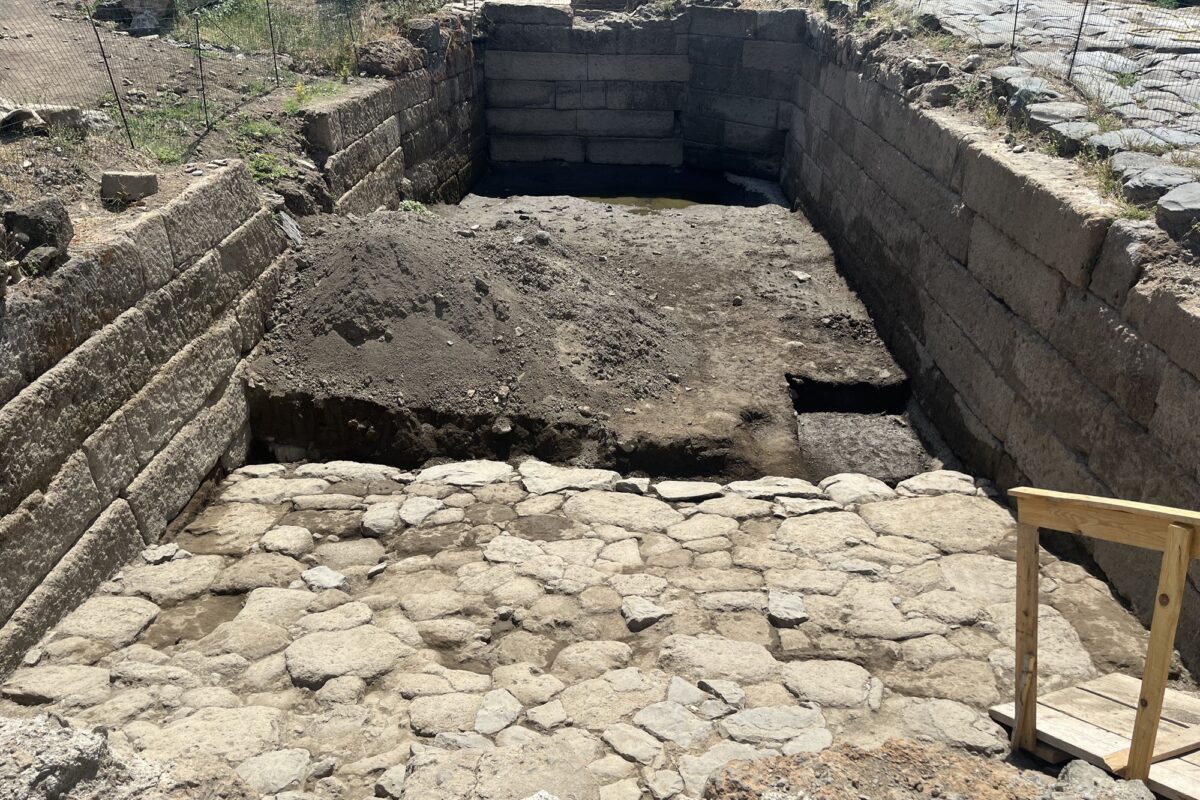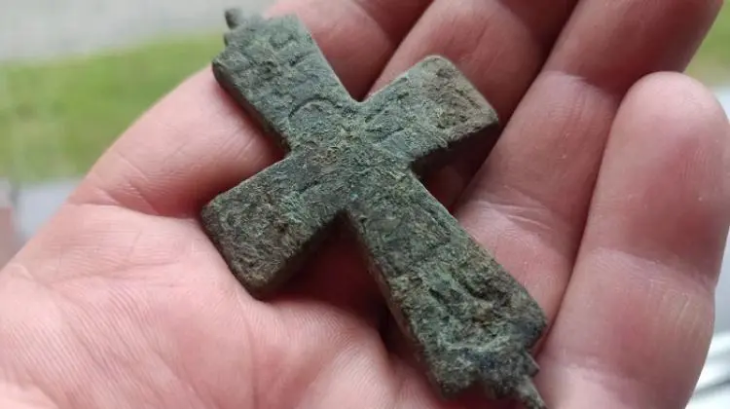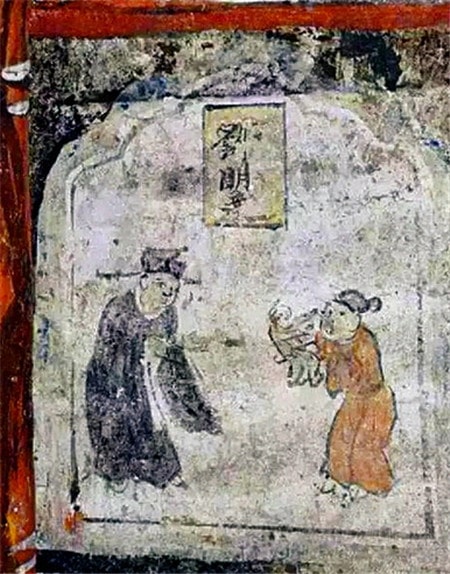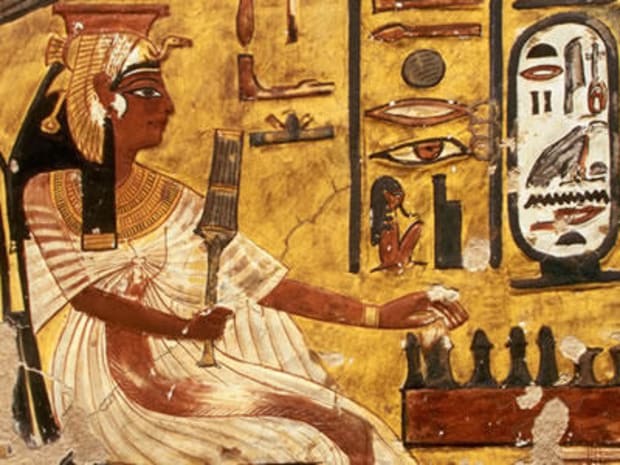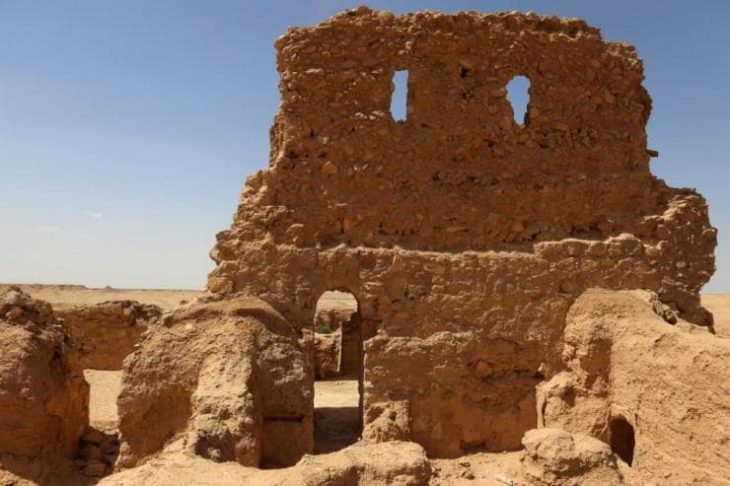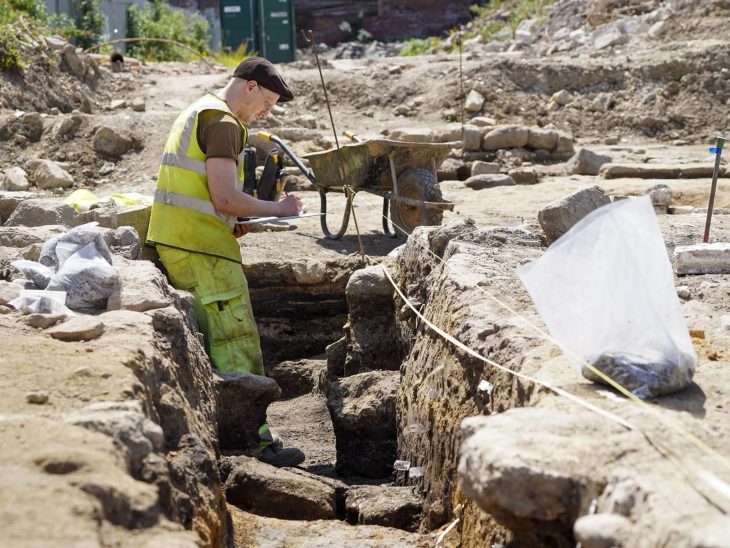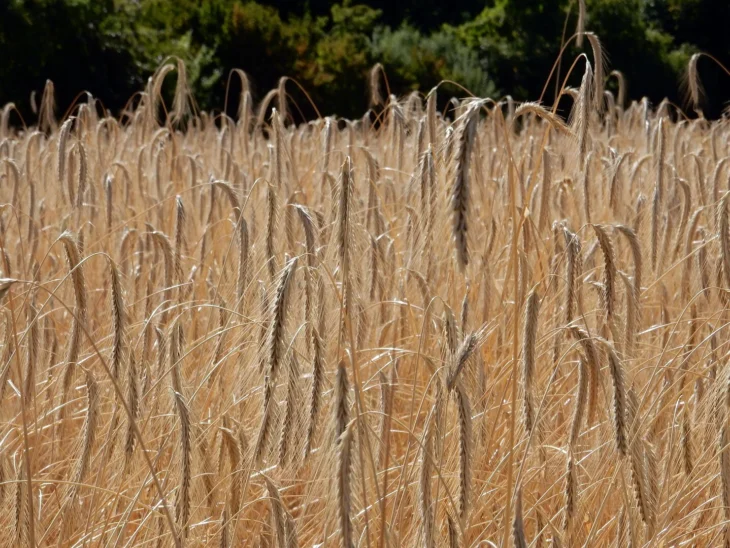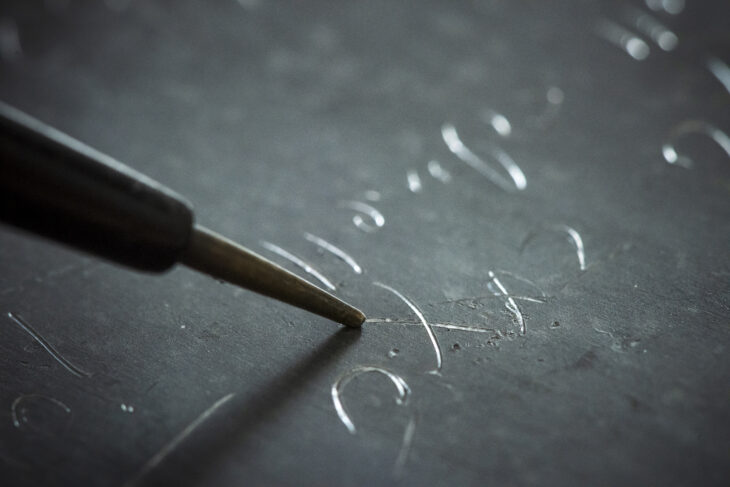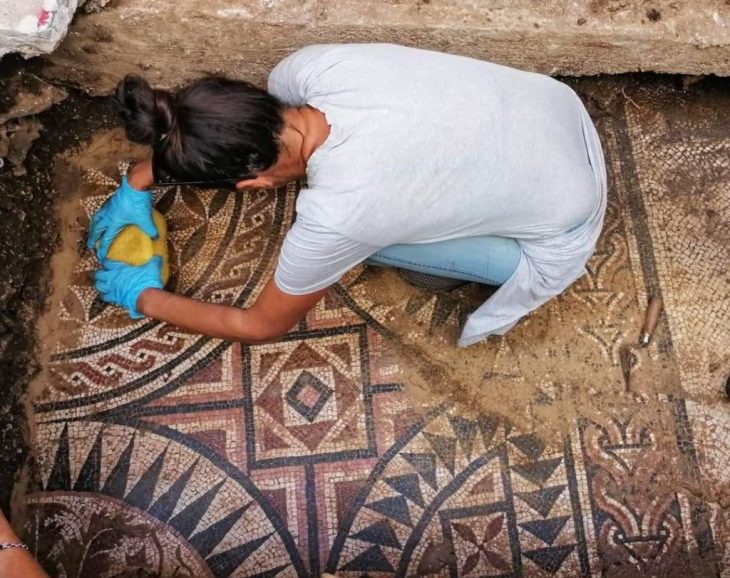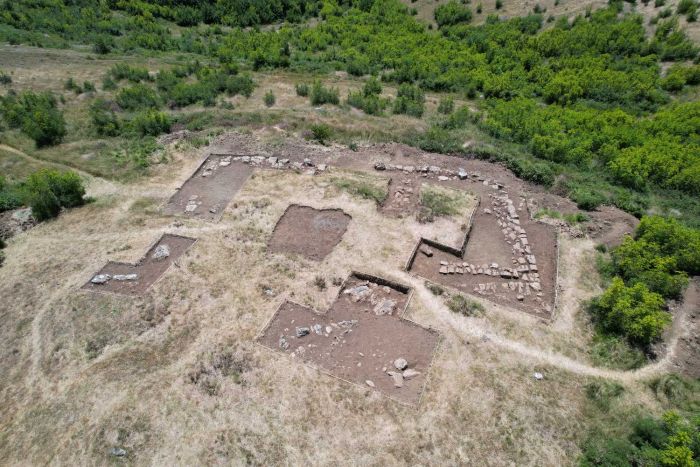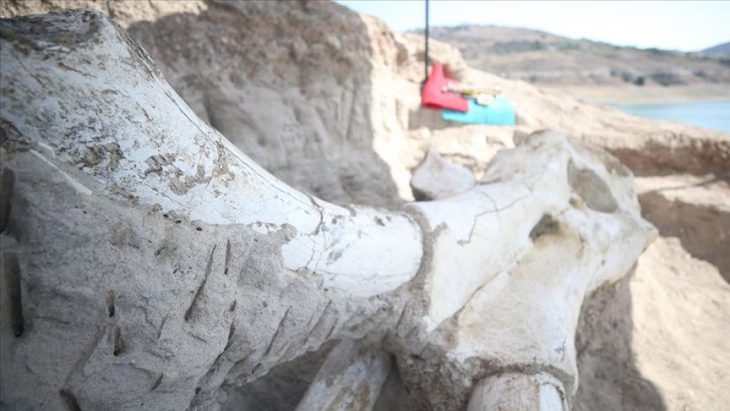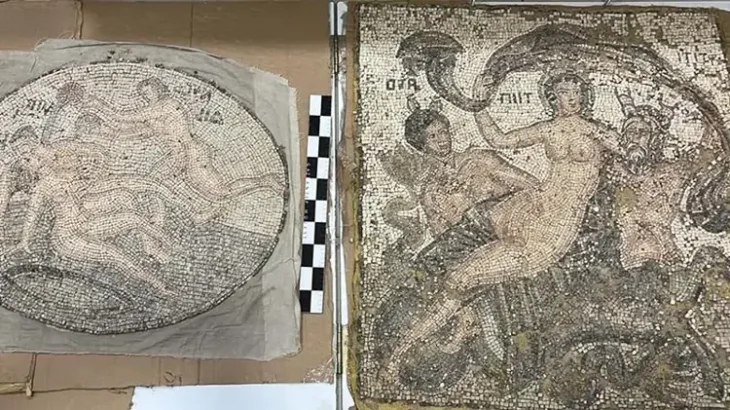Hidden beneath the soil of an ancient city just east of Rome, archaeologists from the University of Missouri have uncovered what may be one of the earliest examples of Roman monumental architecture — a vast, stone-lined water basin dating back to around 250 B.C.
This extraordinary find sheds new light on how early Romans began to shape their cities not only for function, but also as symbols of power, identity, and civic pride.
A Monument Lost for Centuries
The discovery was made in Gabii, an ancient city located roughly 11 miles east of Rome. A team led by Professor Marcello Mogetta, chair of Mizzou’s Department of Classics, Archaeology and Religion, unearthed the remains of a massive man-made basin, partially carved directly into the volcanic bedrock.
According to Mogetta, this structure predates much of the monumental stone construction typically associated with Imperial Rome. “This discovery gives us a rare look at how the early Romans experimented with city planning,” he explained. “Its position at the center of Gabii, near the city’s main crossroads, suggests it was a monumental pool — possibly part of a public forum, the heart of civic life in Roman towns.”
If confirmed, the Gabii basin could represent a prototype for later Roman forums and water features — monumental spaces that defined the architectural landscape of cities across the empire.
📣 Our WhatsApp channel is now LIVE! Stay up-to-date with the latest news and updates, just click here to follow us on WhatsApp and never miss a thing!!
A Window into Early Roman City Planning
Built centuries before iconic structures like the Colosseum or the Pantheon, the Gabii basin reveals how early Romans began adapting Greek architectural principles for their own urban experiments. Earlier work by the same team, including the excavation of the “Area F Building,” a terraced complex nearby, has shown how Roman architects drew inspiration from Greek civic design — from paved plazas and dramatic terraces to public gathering spaces that conveyed political power.
“The Greeks used architecture to express civic identity,” Mogetta noted. “The Romans took those lessons and made them their own. The Gabii basin shows that even in the third century B.C., they were already thinking about architecture as a tool for influence and authority.”
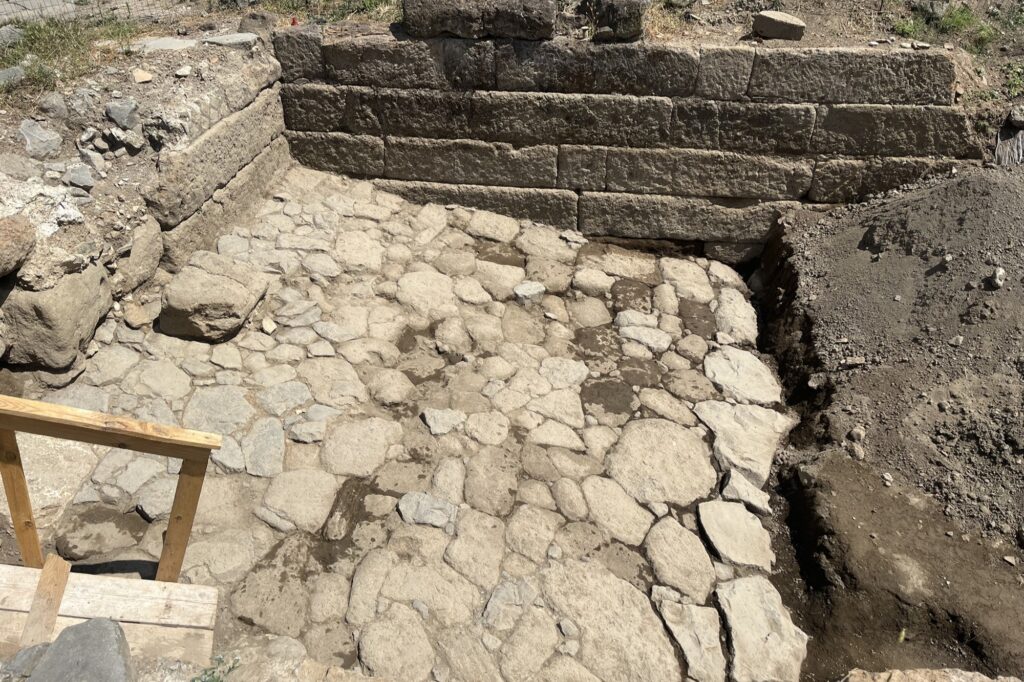
Preserving an Ancient Rival of Rome
Gabii holds a unique place in early Roman history. Once a powerful rival of Rome, it was largely abandoned by 50 B.C., meaning that its original street grid and building foundations remain remarkably intact. This makes Gabii an archaeological treasure — offering one of the clearest windows into early Roman urban development.
Recognizing its significance, Italy’s Ministry of Culture designated Gabii as an official archaeological park under the Musei e Parchi Archeologici di Praeneste e Gabii. The site is now being studied by an international research collaboration known as the Gabii Project, directed by Mogetta.
Excavating the Past, Uncovering the Future
The team’s next phase of work will focus on what lies within and around the basin. Supported by Italy’s General Directorate of Museums, excavations will continue next summer to examine layers of sediment and artifacts accumulated over centuries. Archaeologists also plan to investigate a nearby “anomaly” detected through thermal imaging — a large underground structure that may turn out to be a temple or civic building.
“If it’s a temple, it could help explain some of the ritual objects we’ve already found,” said Mogetta. Among the discoveries are intact vessels, lamps, perfume containers, and cups inscribed with mysterious markings — possibly offerings left behind when the pool was ritually closed around 50 C.E. These artifacts underscore the spiritual and civic importance of water management in ancient Roman life.
Reconstructing the Origins of Roman Power
As excavation continues, researchers hope to answer one of archaeology’s most enduring questions: Did civic spaces emerge before religious centers — or the other way around? The answer could reshape how historians understand the evolution of Roman cities and the forces that drove their architectural ambitions.
By piecing together the story of Gabii, Mogetta and his team are reconstructing not only the rise and fall of a single city, but the foundations of Roman architectural identity — one that continues to shape the modern world more than two millennia later.
Cover Image Credit: Marcello Mogetta

